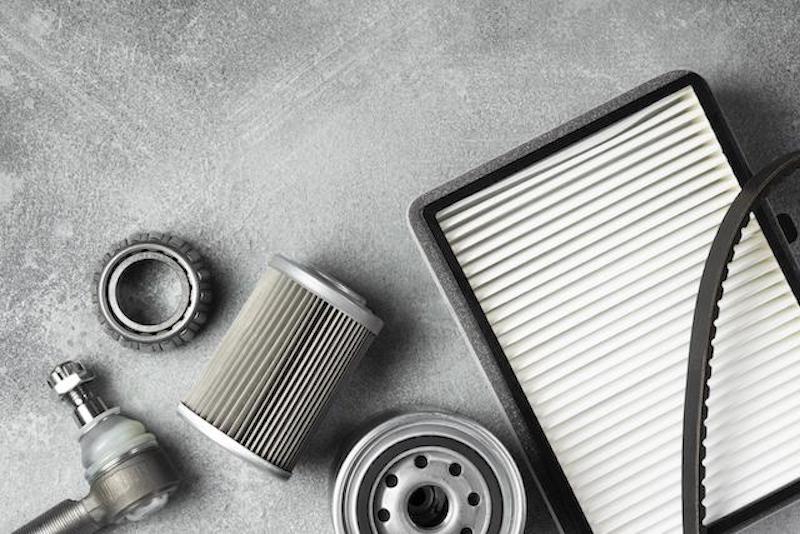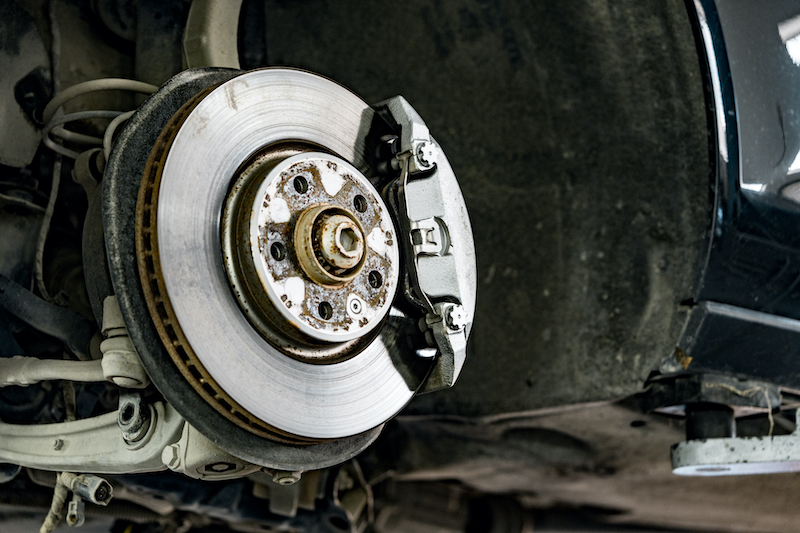5 DIY Tips for Car Air Filter Replacement

Your car’s engine is its heart, and the air filter is its first line of defence against harmful debris. Over time, this vital component gets clogged, compromising engine performance and fuel efficiency. Understanding when and how to replace it can make a world of difference in your vehicle’s longevity and performance.
In this blog, we’ll explore the essential steps and insights needed to tackle air filter replacement confidently. From deciphering the critical signs indicating a filter change to selecting the perfect fit for your car model, we’ll delve into every aspect. You’ll gain a step-by-step walkthrough of the replacement process, troubleshooting tips for common issues post-installation, and maintenance strategies to extend your new filter’s lifespan.
You can revitalise your car’s performance, improve fuel economy, and ensure a smooth ride by mastering the art of air filter replacement with these five DIY tips. Let’s dive in and empower you to keep your vehicle breathing clean and running smoothly on the road ahead.
1. When and Why to Change Your Air Filter

Your car’s air filter plays a crucial role in safeguarding its engine from contaminants like dust and debris. That’s why it’s important to stay on the lookout for signs prompting a filter change.
Over time, a clogged filter can hamper your car’s engine performance, reducing fuel efficiency and potentially causing damage. Watch out for indicators like decreased acceleration, a noticeable decrease in gas mileage, or a rough idle. All of these signs signal the need for a replacement.
With regularly scheduled replacements—typically every 12,000 to 15,000 miles—you’ll be able to maintain optimal engine function. By understanding when and why to change your air filter, you can ensure that your engine breathes clean, promoting longevity and reliable performance for your vehicle.
2. Identifying the Right Filter

To ensure optimal performance of your car’s engine, you have to select the ideal air filter tailored to your car model. Start by exploring various filter types like standard, performance or reusable, and consider your driving conditions.
Additionally, check your car’s manual or consult with an expert to determine the precise size and specifications required. Factors such as filtration efficiency, material quality, and compatibility are key to this process.
You have to ensure that the chosen filter meets or exceeds manufacturer recommendations. When you make an informed choice, the air filter will not only fit perfectly but also enhance your engine’s performance and longevity, catering precisely to your vehicle’s needs.
3. The Air Filter Replacement Process

Replacing your car’s air filter is a straightforward process that can be done in a few easy steps. You can begin by locating the air filter housing, usually found in a plastic casing under the hood.
Then, unfasten the housing clips or screws and carefully remove the old filter. Make sure to thoroughly inspect the housing for debris and clean it if necessary. Finally, install the new filter, ensuring that it’s properly seated and the housing is securely closed.
Additionally, don’t forget to double-check for a tight seal before restarting the engine. This DIY task requires minimal tools and time, and it offers an immediate boost to your engine’s performance and overall efficiency once completed.
4. Troubleshooting Common Issues After Replacement

After the air filter replacement process, you might encounter certain issues that could signal potential installation challenges. If you’re experiencing reduced engine power or unusual sounds, you’ll need to verify the filter’s correct installation and housing closure. Check for any disconnected hoses or loose fittings.
In case of an engine light or persistent problems, you can inspect for possible damage to other engine components. Revisit the replacement process and ensure that no debris is obstructing the filter or housing.
Sometimes, issues might stem from unrelated engine problems coinciding with the replacement. If issues persist, you could consult a mechanic or professional to diagnose and resolve any underlying issues. This will help ensure that your car runs smoothly post-filter replacement.
5. New Air Filter Maintenance Tips

To extend your new air filter’s lifespan and maintain optimal engine performance, make sure to adopt regular maintenance habits. Make sure to periodically inspect the filter for debris accumulation, especially after driving in dusty or dirty environments.
Moreover, depending on the filter type, consider cleaning or replacing it more frequently if weather conditions or various environmental factors are considerably worse. You can also routinely check for any cracks or damages to ensure proper functioning.
Additionally, follow your car manufacturer’s recommendations regarding filter maintenance intervals. Keeping the filter clean and in good condition not only prolongs its life but also contributes to the overall health of your engine, ensuring a consistently smooth and efficient ride.
For Effective Air Filter Replacement, Choose Online Automotive’s Car Parts
Want to replace your air filters? Explore our affordable car parts now!
At Online Automotive, we offer a comprehensive selection of high-quality replacement parts, carefully curated to meet your car repair needs. Our competitive prices also ensure that you get the best value for your money.
With expert product descriptions and responsive customer support, we strive to make your shopping experience seamless. Trust us to be your reliable partner in the world of DIY car repairs, ensuring that your journey is convenient and hassle-free.Explore our range of products and get in touch with us today!





